Spider Plants (Chlorophytum comosum), or also known as Airplane Plants, are a popular houseplant that produces white flowers, which are mostly compared to Snake Plants.
These are air-purifying plants that improve the quality of air by absorbing harmful pollutants to humankind like carbon dioxide and exhaling oxygen at night.
It also helps clear toxic agents such as Xylene that cause irritation, severe breathing difficulties, or neurological effects such as impaired memory, slow response to visual stimuli, and lack of coordination.
However, one of the most common Spider Plant problems is that they are one of the worst plants to have indoors if you suffer from allergies.
Spider Plants are non-toxic plants, but this doesn’t mean that their leaves can just be consumed.
There are still compounds in the leaves that will cause an upset stomach and therefore, must be placed out of the reach of pets.
- Related article: Spider Plant Care Tips
We’ll take a look at some of the disadvantages of growing Spider Plants and why you shouldn’t grow these fascinating plants.
1. Prickly Leaves
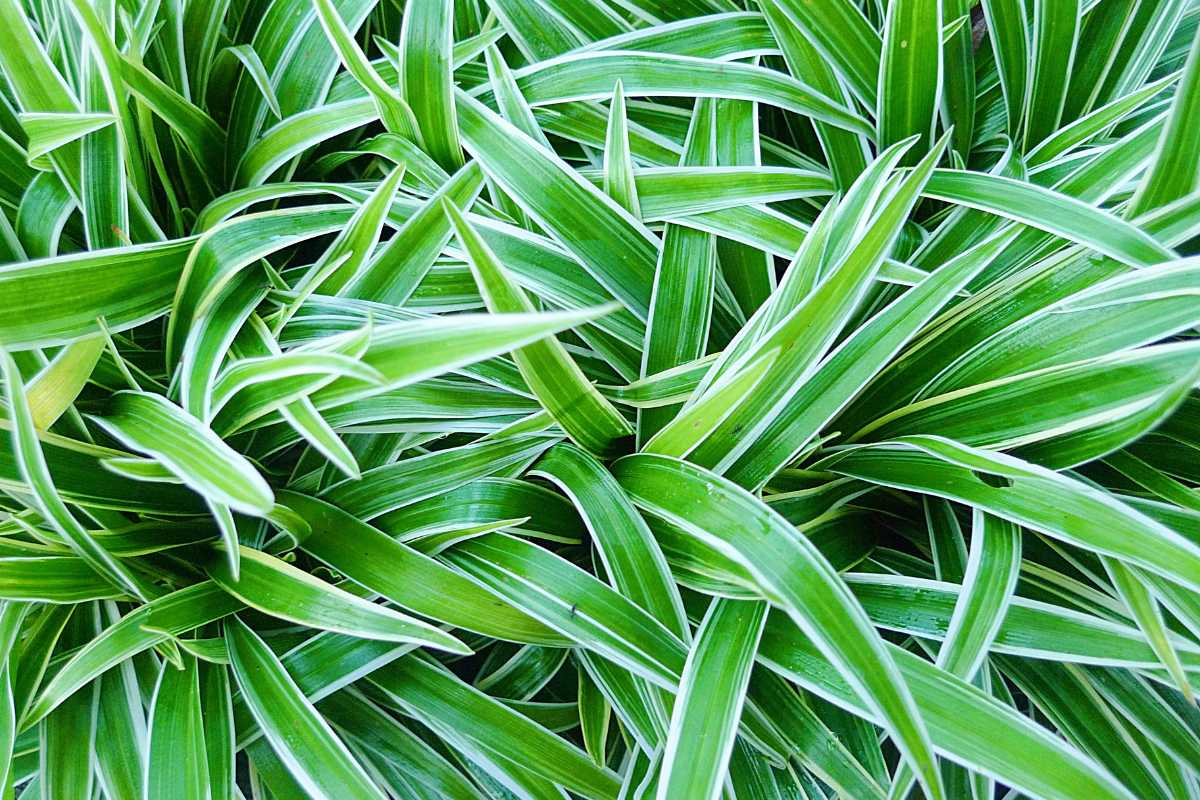
The leaves of a Spider Plant will give you a nasty surprise if you touch them.
Spider Plants have sharp and prickly leaves that will leave your hands shredded. It’s important to take care when watering them as you may end up with some scratches on your arms.
Keep Spider Plants out of reach of young children as they will tend to grab onto the leaves of plants out of curiosity.
2. Spider Plants Are a Favorite Food of Pests
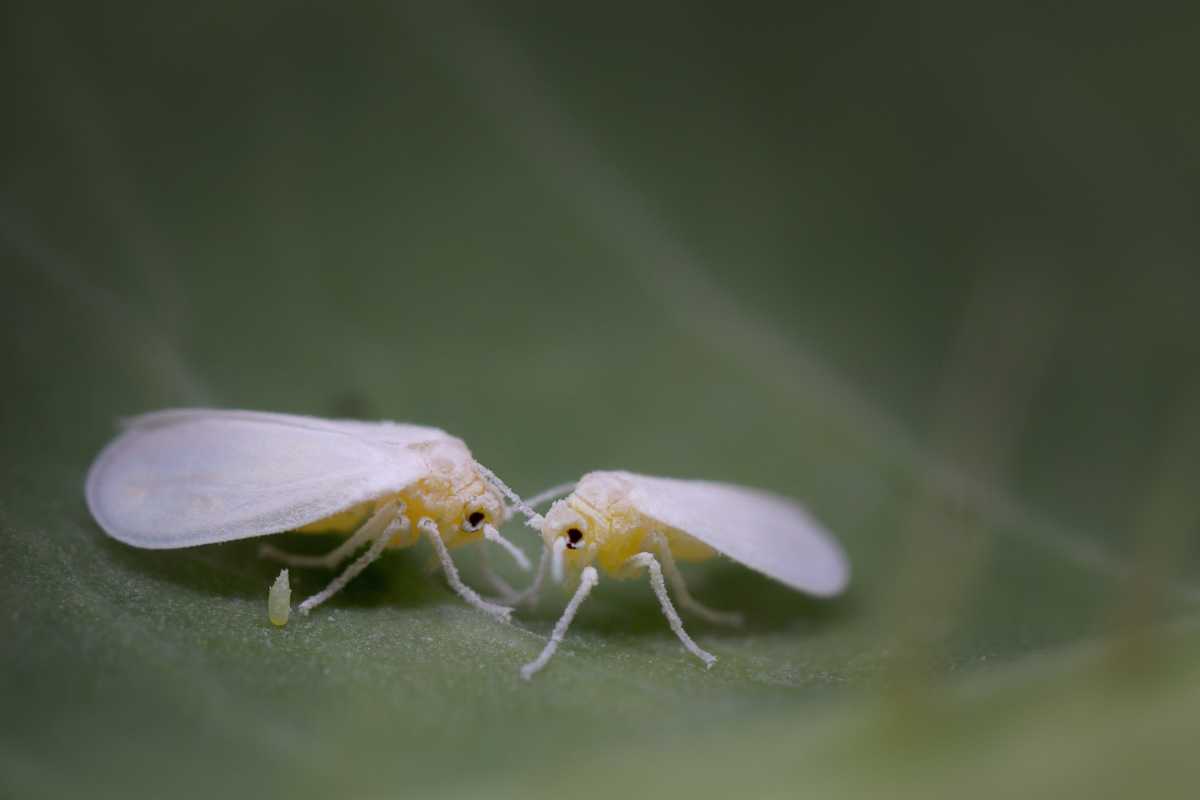
Spider Plants are relatively hardy plants but are considered a favorite primary source of food for common plant pests such as Aphids, Mealybugs, Spider Mites, and Whiteflies.
Pests will begin to feast on the foliage of your plants and cause the leaves to fall off.
A severe pest infestation will cause your plants to become sparse with leaves, and eventually result in the death of your plants.
A pest infestation can be resolved by spraying the leaves of your plants with an organic insecticide such as Neem oil or Spinosad.
3. Spider Plant Toxicity
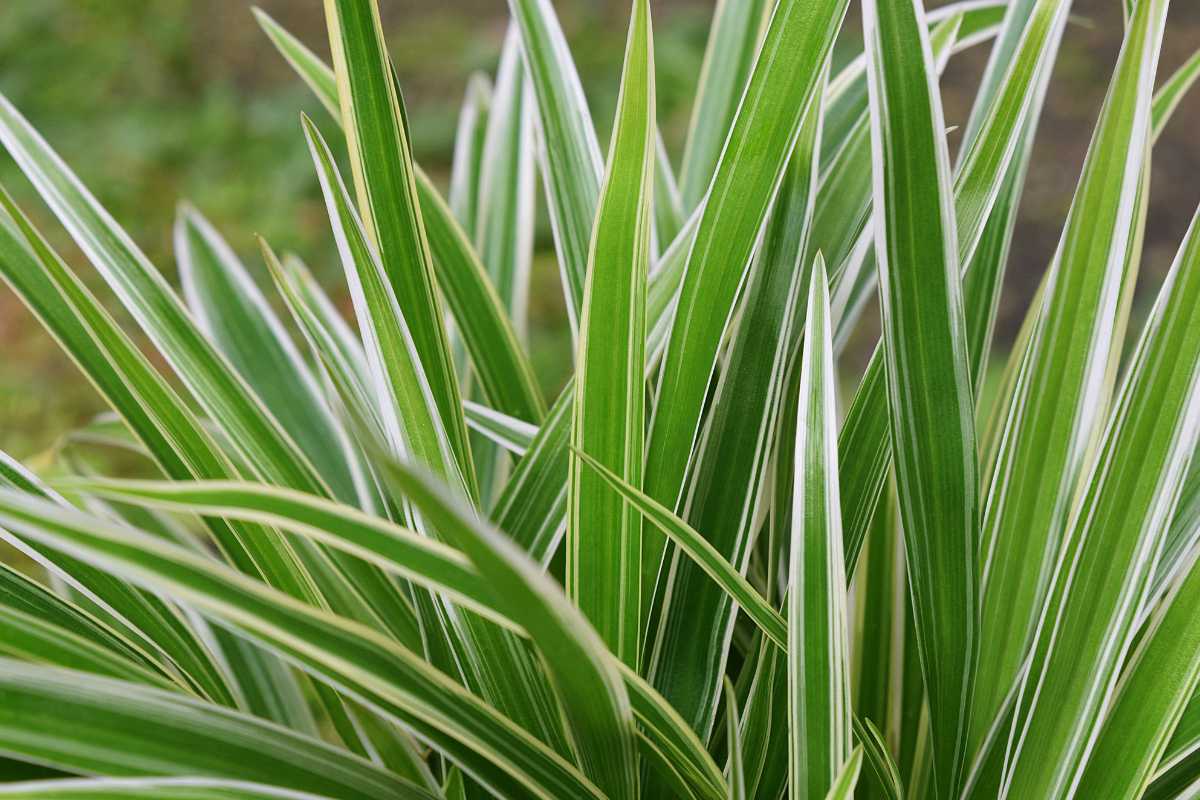
Certain plants have the potential to be extremely harmful to both humans and their pets.
Spider Plants may be harmless to humans, but let’s not tempt fate by making a salad out of them. Keep your furry friends away too as it is harmful to them.
Although this plant is not poisonous to humans, it could potentially cause digestive problems in cats and dogs.
Feline and furry pets are notorious for chewing on the leaves of plants. If they begin to chew and digest the Spider Plant foliage, it will cause them to vomit.
Spider Plants are also poisonous to rabbits. If your rabbits decide to nibble on the Spider Plant foliage, it will make them fall ill or even lead to their death.
You can prevent this from happening by planting your Spider Plants in hanging features, far from the mouths of your pets.
4. Take a While to Flower
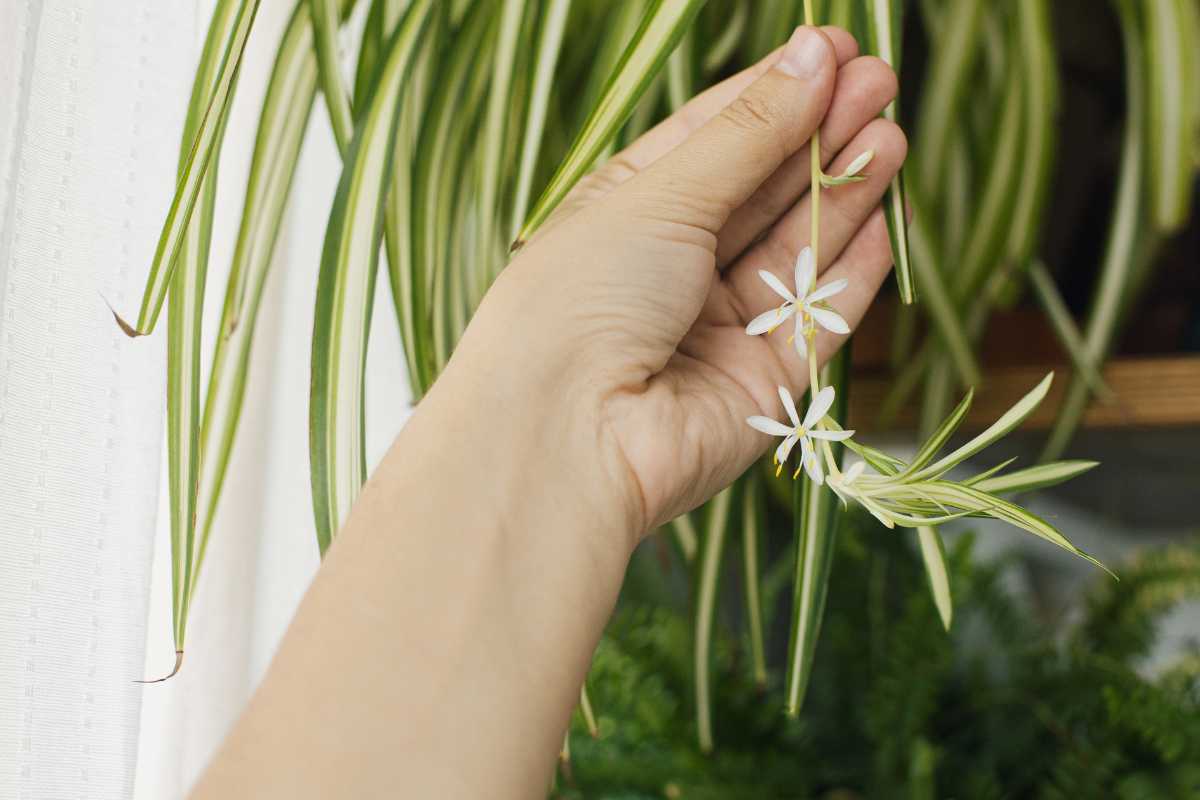
Some varieties of Spider Plant species are diverse and can be grown both indoors and outdoors, with some being cultivated under tree canopies.
Spider Plants have varying flowering times, with some taking several months to flower and others starting to flower after 3 months.
The delayed flowering of Spider Plants is due to the fact that they require extensive indirect sunlight and heat to bloom.
Growing Spider Plants as indoor plants will prevent them from flowering unless you are able to provide them with a warm and well-lit area in your home.
Spider Plants may not be the best choice for an indoor garden if low maintenance is a top priority.
5. Low Tolerance to Chemical Fertilizers
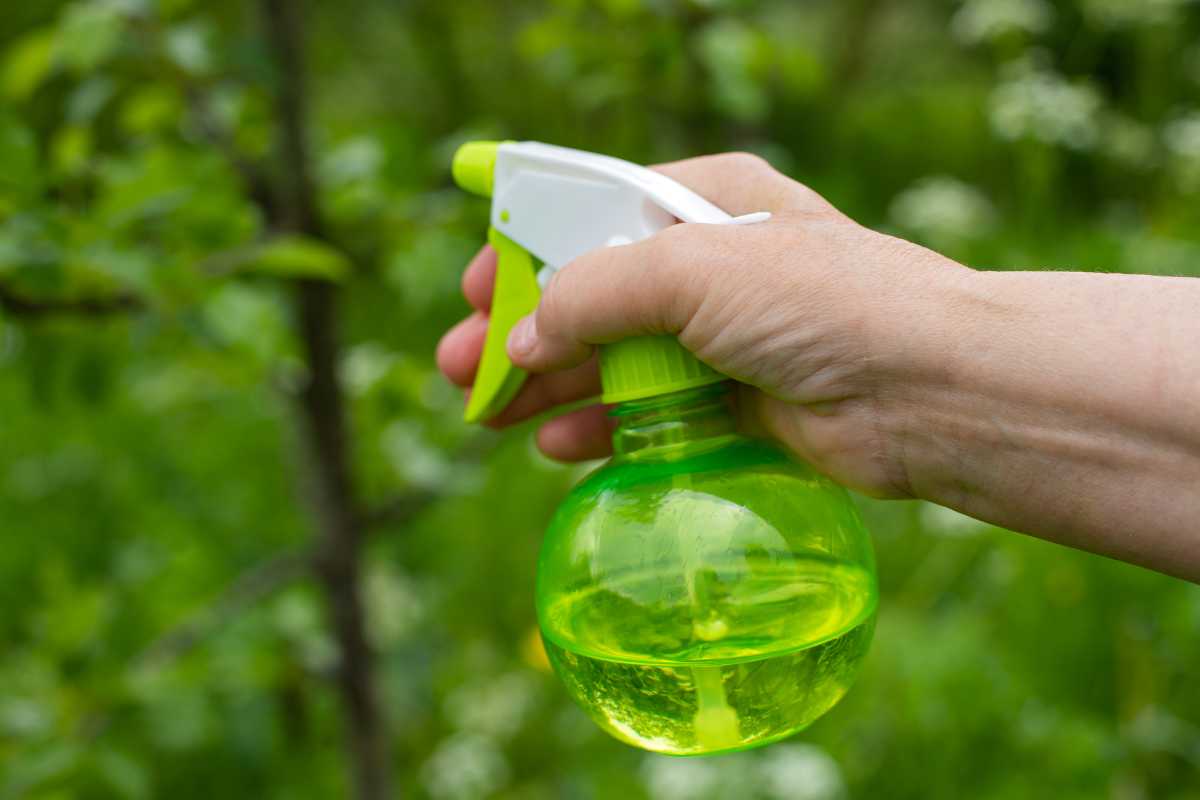
Give your Spider Plants the care they deserve—their delicate nature means they require specialized fertilizers, so ditch the common garden soil and opt for something tailored to their needs!
It is advised to avoid using chemical fertilizers on these plants as it can potentially impede their growth and result in leaf discoloration.
Spider plants have a limitation in that they can solely absorb nutrients from organic fertilizers.
It isn’t always easy to find organic fertilizers that will fulfill the balanced diet of Spider Plants.
6. The Tips of Its Leaves Burn
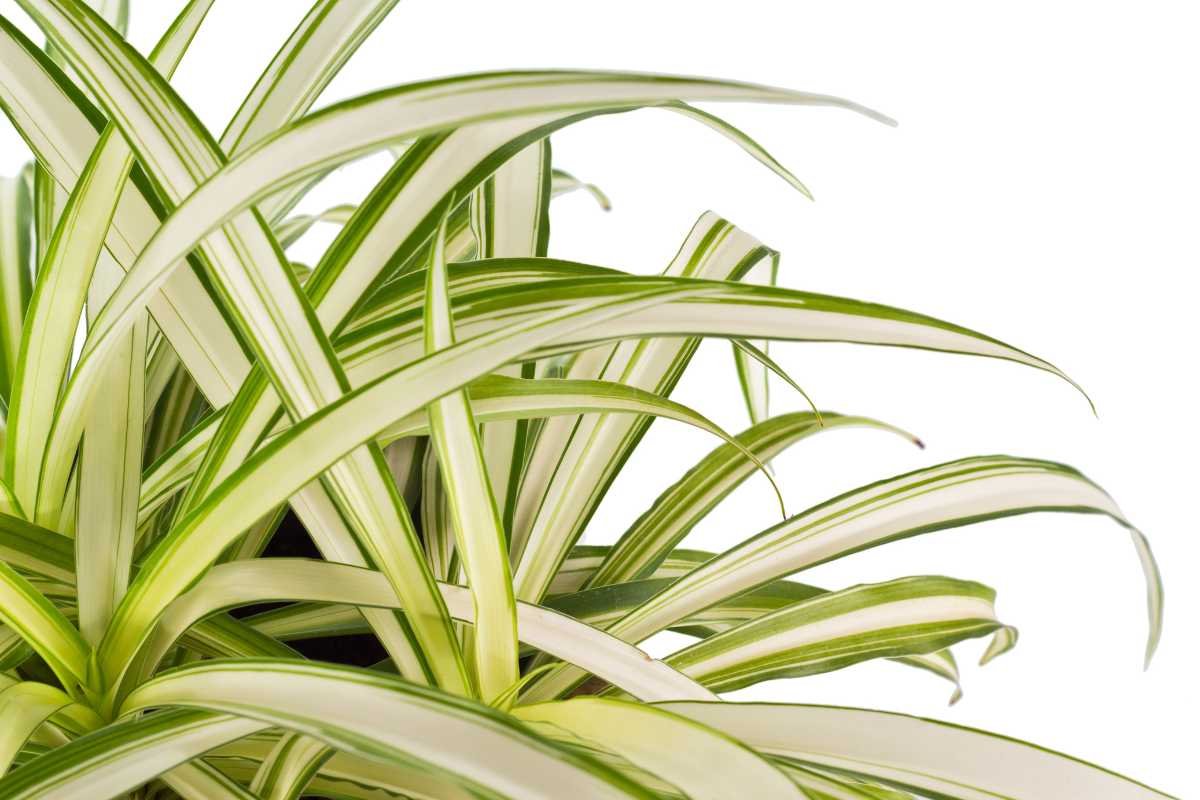
A common problem with Spider Plants is that their leaves are sensitive to the environment and the water that they are fed.
Chemical compounds that are added to treated tap water are harmful to Spider Plants.
Watering Spider Plants with treated tap water will cause the tips of their leaves to turn brown and die.
If you begin to notice that your leaves are showing signs of burning, you may need to change their source of water to collect rainwater or bottled water.
Browning of Spider Plant leaf tips can also be due to long-term exposure to bright light.
These plants are indoor plants and require indirect light to grow, although some morning sunlight will not harm them.
Exposure to direct sunlight for a prolonged period can lead to the burning of the sensitive leaves of a Spider Plant.
7. Overwatering
Spider Plants require occasional watering as overwatering can lead to root disease and fungal infections.
Fungal root rot is a common issue for beginner growers, often caused by excessive amounts of water or poor soil drainage.
The development of fungal root rot in a Spider Plant can result in the plant’s demise.
The removal of infected roots and transplanting in new soil can save a plant if root infections are detected early.
8. Flimsy Plants
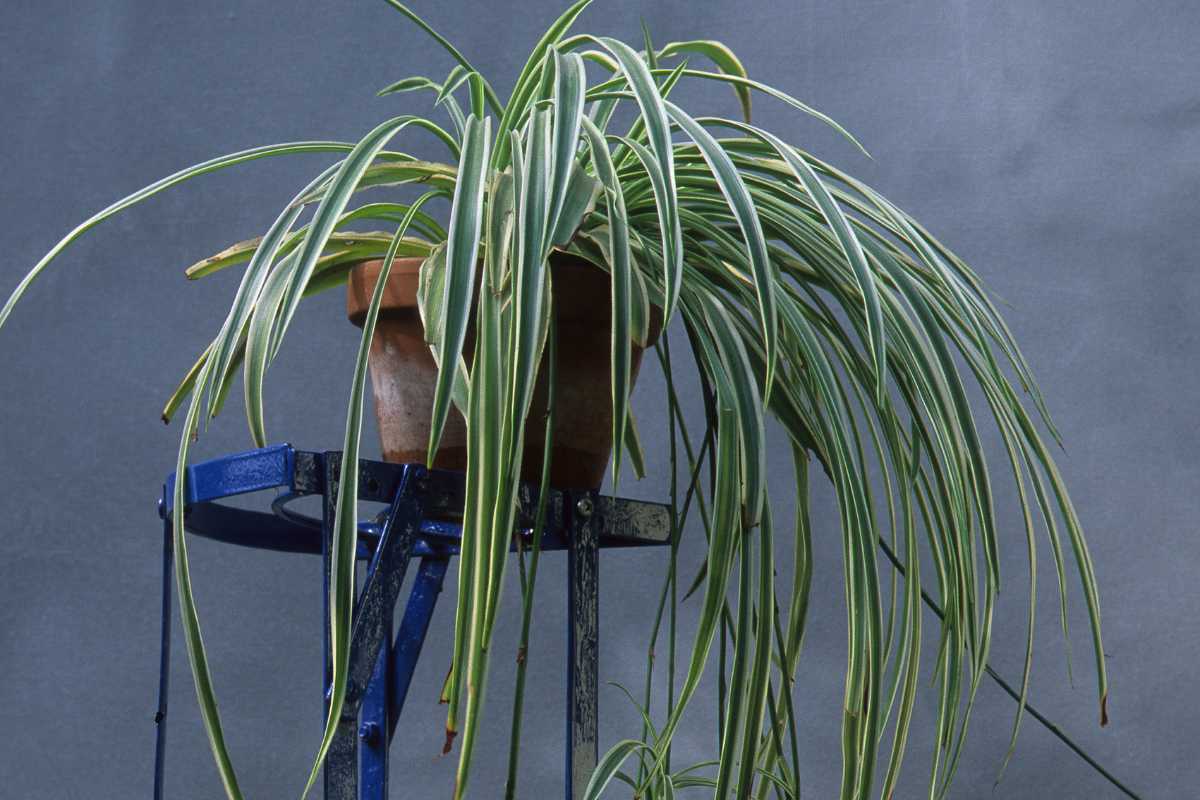
As mentioned above, Spider Plants are common houseplants.
A drawback of cultivating this plant in an indoor space is their limited mobility within your home.
Spider Plants are characterized by their height and tendency to become weak when fully matured.
The long and flexible stems of a Spider Plant are lightweight and will tend to collapse when they have moved around from one area to another.
9. Spider Plants Are Hard to Propagate
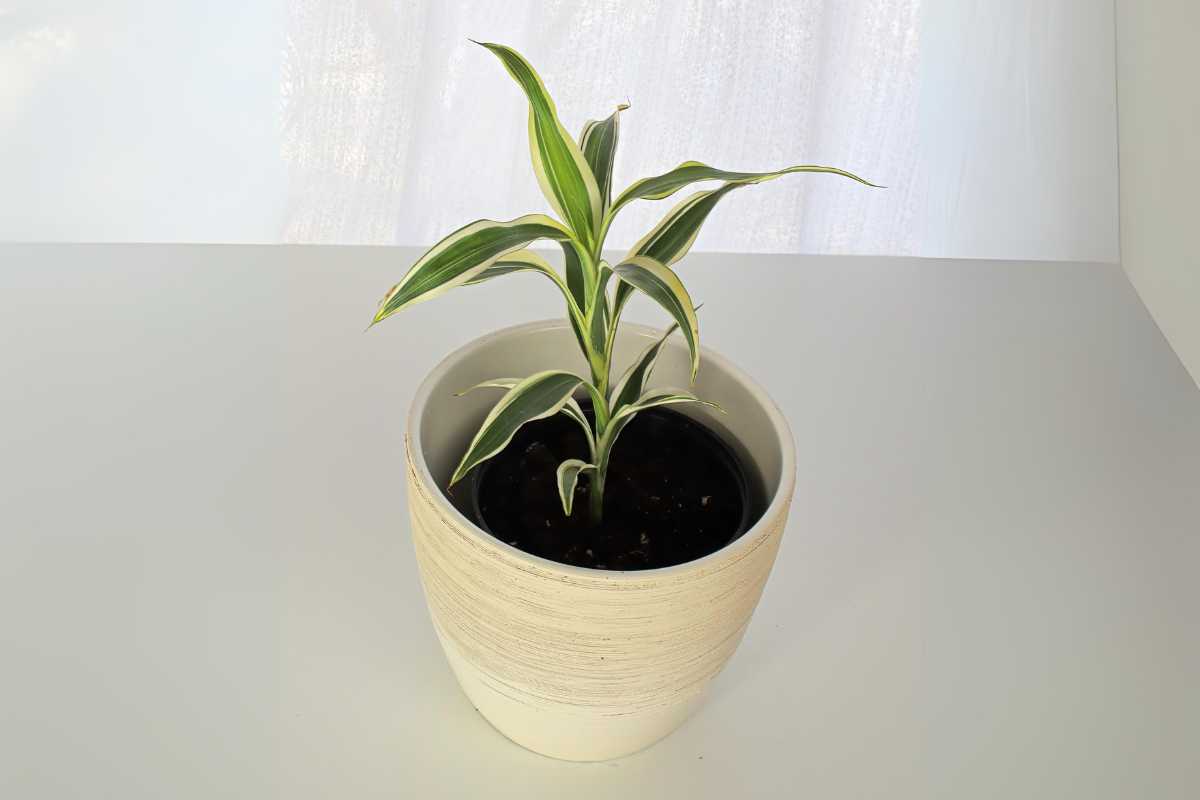
Propagating Spider Plants can only be done by planting seeds or cutting spiderettes or baby Spider Plants from its mother plants using a sterile knife or sharp scissors.
One of the disadvantages of Spider Plants is that you aren’t able to propagate them from a leaf cutting.
Final Thoughts on the Disadvantages of Spider Plants
While Spider Plants may be a popular choice for their ease of care and air-purifying properties, they do have some potential drawbacks.
From their tendency to attract pests to their potential to cause allergies and skin irritation, it’s important to weigh the potential Spider Plant disadvantages before bringing one into your home.
By giving proper care and attention, the potential drawbacks of this plant can be minimized and its benefits can be enjoyed.
Before adding Spider Plants to your home, it is important to consider the potential drawbacks and determine if they are suitable for your lifestyle and living space, regardless of your level of experience with plants.
Spider Plants have some challenges, but they remain a good choice for those who want to enhance their indoor environment with a natural touch without compromising on style or convenience!
Check out these educative articles to know more about Spider Plants:
- How to Revive Overwatered Spider Plant
- Pale Leaves on Spider Plant
- Why Are My Spider Plant Leaves Curling
- Spider Plant Has Brown Tips
- How to Trim Spider Plant Roots
Sources:
- https://hort.extension.wisc.edu/articles/spider-plant-chlorophytum-comosum/
- https://hgic.clemson.edu/factsheet/spider-plant/
- https://www.uaex.uada.edu/yard-garden/resource-library/plant-week/spider-airplane-plant.aspx
- https://planttalk.colostate.edu/topics/houseplants/1328-spider-plant/
- https://mrec.ifas.ufl.edu/foliage/folnotes/spider.htm

